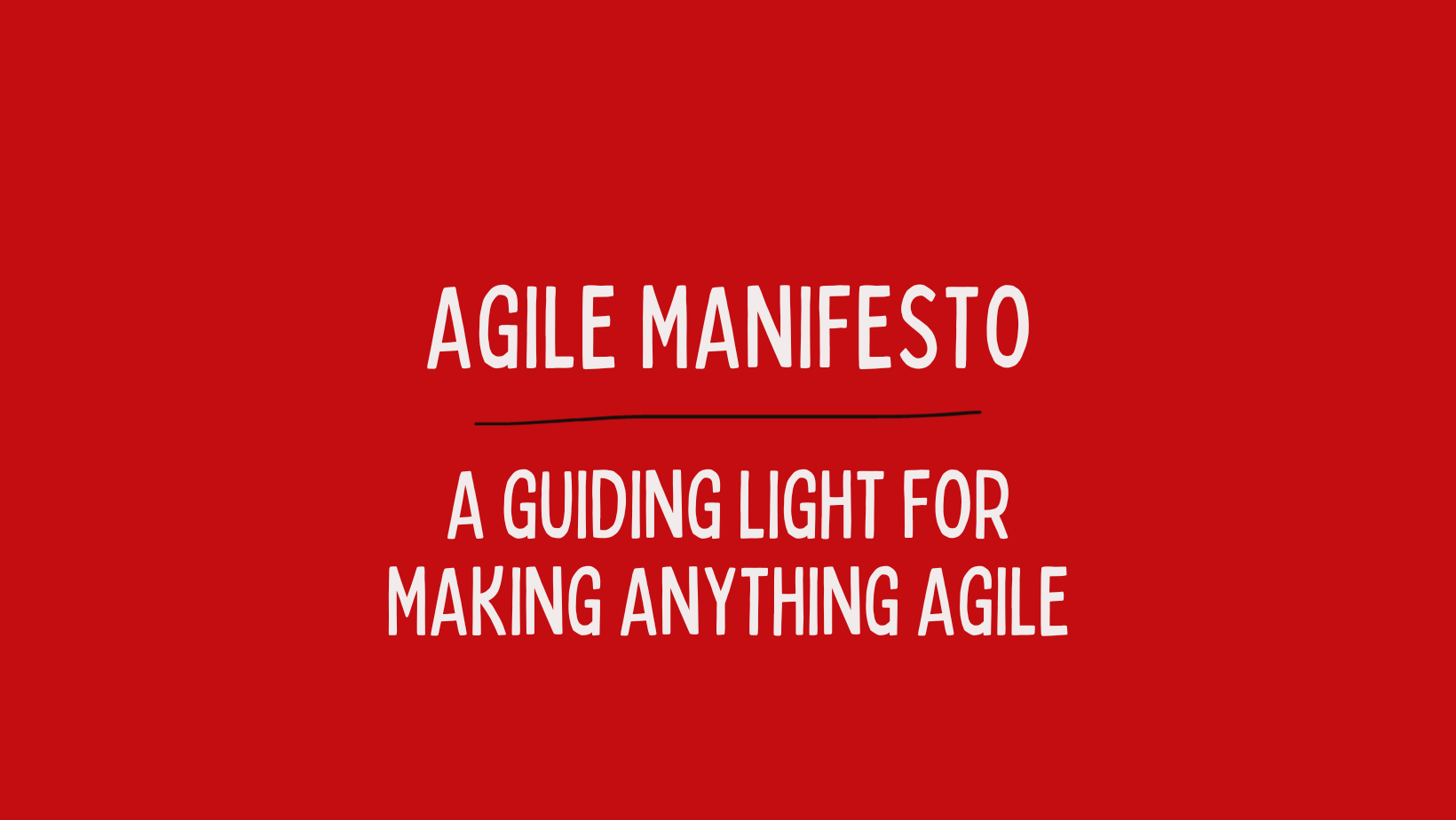Agile Manifest was formed in 2001 in Snowbird Utah Resort by 17 Agile Enthusiasts who were experimenting with
Agile Manifesto – A Guiding Light for making anything Agile


Agile Manifest was formed in 2001 in Snowbird Utah Resort by 17 Agile Enthusiasts who were experimenting with